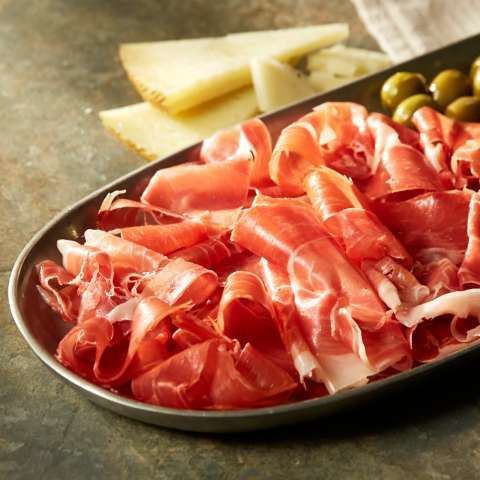Course Appetizer Main ingredients Ham Place of origin Spain Variation Jamón ibérico | Serving temperature Cold Variations Jamón ibérico Main ingredient Ham | |
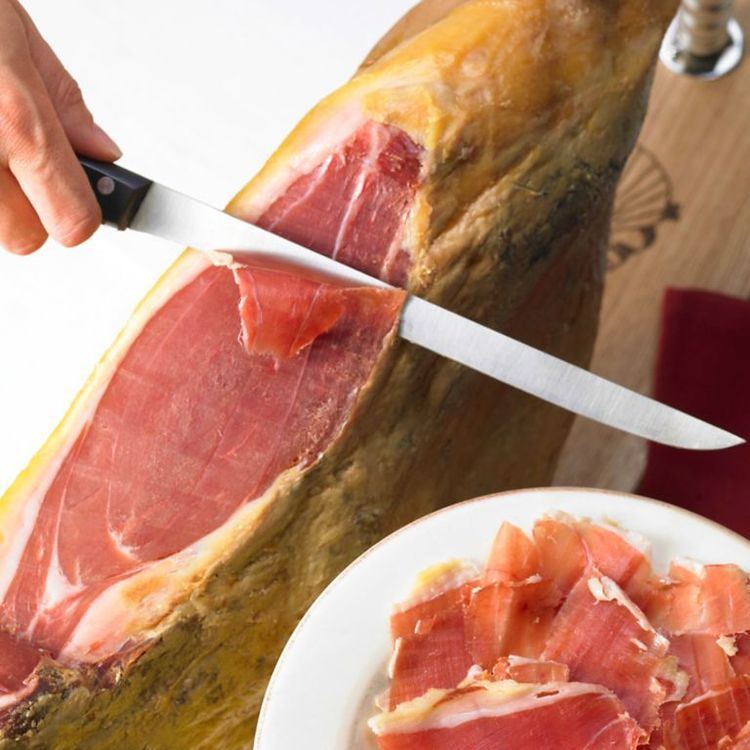 | ||
Similar Jamón ibérico, Jamón, Chorizo, Tapas, Prosciutto | ||
El proceso de elaboraci n del jam n serrano espa ol
Jamón serrano ([xaˈmon seˈrano]; "Serrano ham", literally "ham from the sierra, or mountains") is a type of dry-cured Spanish ham. A form of jamón, it is generally served in thin slices, occasionally diced.
Contents
- El proceso de elaboraci n del jam n serrano espa ol
- Difference between jam n serrano ib rico and bellota
- Origin
- Preparation
- References
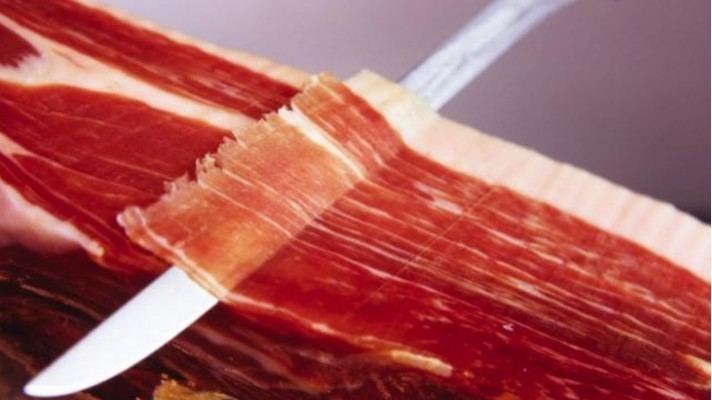
The majority of serrano hams are made from the landrace breed of white pig and are not to be confused with the much more expensive jamón ibérico.
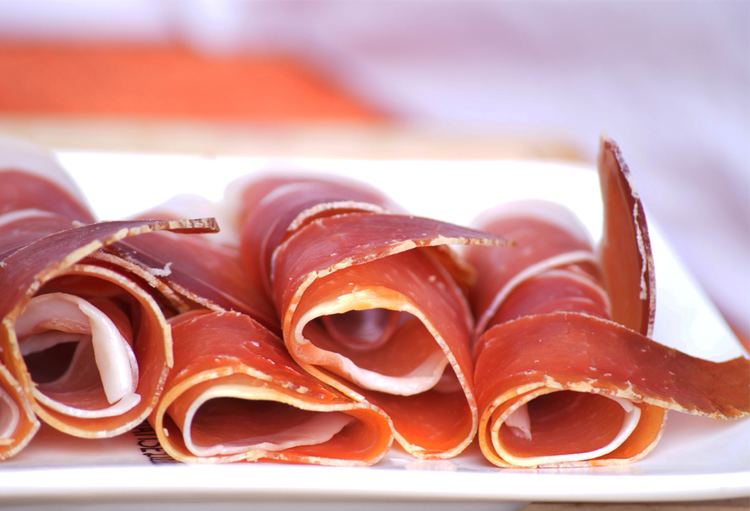
Difference between jam n serrano ib rico and bellota
Origin
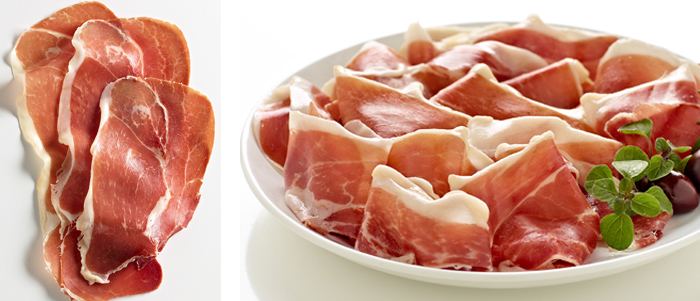
The majority of serrano hams are made from the landrace breed of white pig and are not to be confused with the much more expensive and entirely different jamón ibérico. These hams were known as a delicacy even in the days of the Roman Empire. Though not expensive in Spain and the European Union, duties imposed on imported meats and exchange rates makes these hams more costly outside the EU. Where available, the meat can usually be purchased sliced, in chunks, or as a complete, bone-in ham.
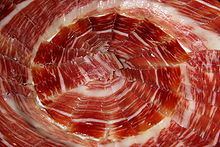
Jamón serrano has TSG Status. The TSG certification attests that a particular food product objectively possesses specific characteristics which differentiate it from all others in its category, and that its raw materials, composition or method of production have been consistent for a minimum of 30 years. Jamón serrano described variously as jamón reserva, jamón curado and jamón extra are all produced from compound-fed white pigs.
Preparation
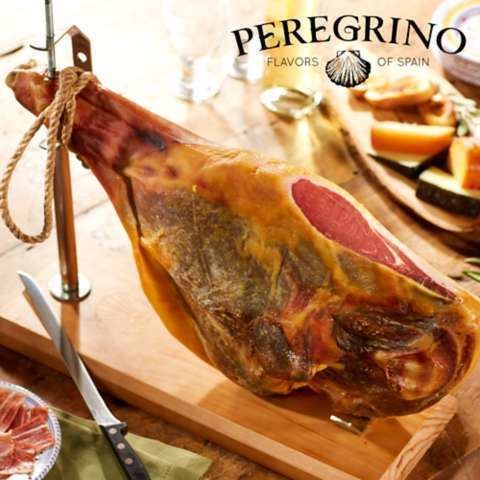
Fresh hams are trimmed and cleaned, then stacked and covered with salt for about two weeks in order to draw off excess moisture and preserve the meat from spoiling. The salt is then washed off and the hams are hung to dry for about six months. Finally, the hams are hung in a cool, dry place for six to eighteen months, depending on the climate, as well as the size and type of ham being cured. The drying sheds (secaderos) are usually built at higher elevations, which is why the ham is called "mountain ham".
